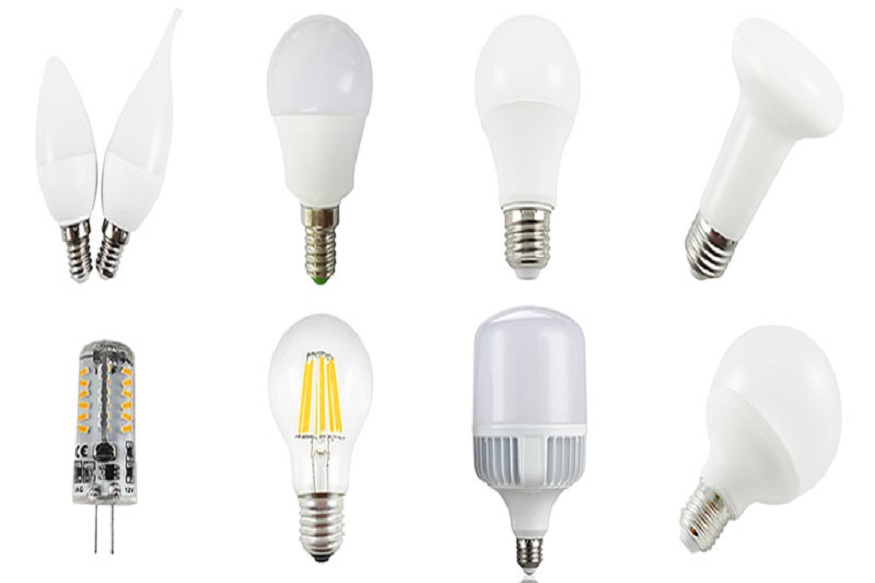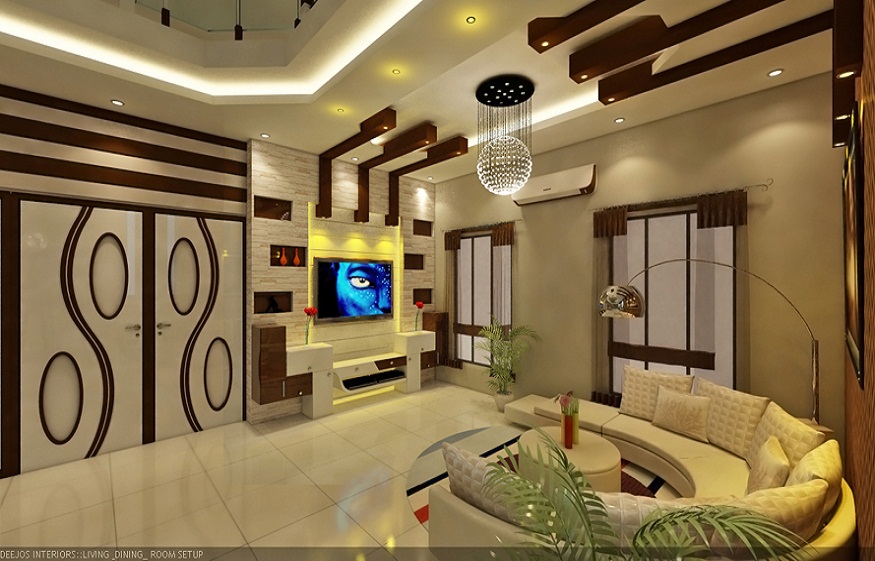The electrical manufacturing industry in India is undergoing a seismic shift. Driven by rapid digitization, evolving consumer needs, and a push toward sustainability, manufacturers are embracing a digital-first approach to stay competitive. From smart factories and automated production lines to digital twins and customer-centric platforms, the sector is witnessing an unprecedented transformation.
At the heart of this shift is Industry 4.0—the integration of cyber-physical systems, IoT, and artificial intelligence in manufacturing processes. Companies that produce modular switches, circuit breakers, and types of LED lights are now utilizing smart sensors and predictive analytics to optimize production efficiency, reduce downtime, and enhance product quality.
Digital twins—virtual replicas of physical manufacturing systems—allow engineers to simulate and test product performance before physical prototypes are created. This innovation not only saves time and cost but also ensures that final products are more reliable and energy-efficient.
The rise of smart automation has also led to leaner and more sustainable production lines. Robots and co-bots are being employed to perform repetitive or hazardous tasks, reducing labor-intensive processes and workplace accidents. Energy consumption is monitored at every stage, helping factories save electricity and meet global green manufacturing standards.
Customer expectations are evolving too. Today’s consumers seek customized solutions, faster deliveries, and greater transparency. Electrical brands are now deploying digital tools to deliver personalized experiences—allowing customers to configure their own modular switches online, track orders in real time, and access installation support via mobile apps.
E-commerce and omnichannel strategies are also being prioritized. Brands in the electrical space are building user-friendly websites and digital catalogs to serve not just B2B clients but also direct consumers. Augmented reality tools are being used to visualize switchboards and lighting configurations in home or office environments before purchase.
On the backend, supply chain digitization is enabling better inventory management and logistics planning. Through the use of blockchain and cloud-based ERP systems, manufacturers can track raw material procurement, production cycles, and distribution networks more accurately.
Sustainability is another pillar of this transformation. Many leading electrical manufacturers are adopting energy-efficient practices, recycling programs, and green certifications. The production of types of LED lights with lower carbon footprints and recyclable materials is a direct response to environmental concerns.
Training and upskilling the workforce for this digital shift is equally important. Organizations are investing in employee development programs, focusing on data literacy, software skills, and IoT applications. Collaborations with ed-tech platforms and industry associations are becoming common to ensure a future-ready workforce.
In conclusion, the digital transformation of the electrical manufacturing sector is not just a technological upgrade—it’s a strategic imperative. Companies that harness these advancements are better positioned to innovate, grow, and lead in a competitive market. From smarter modular switches to eco-friendly types of LED lights, the future of electrical manufacturing in India is bright, digital, and sustainable.






